Frameworks for Sustainable SaaS: Designing for Long-Term Business and Environmental Impact
SaaS businesses can adopt sustainable frameworks that ensure profitability and positive environmental impact over the long term.
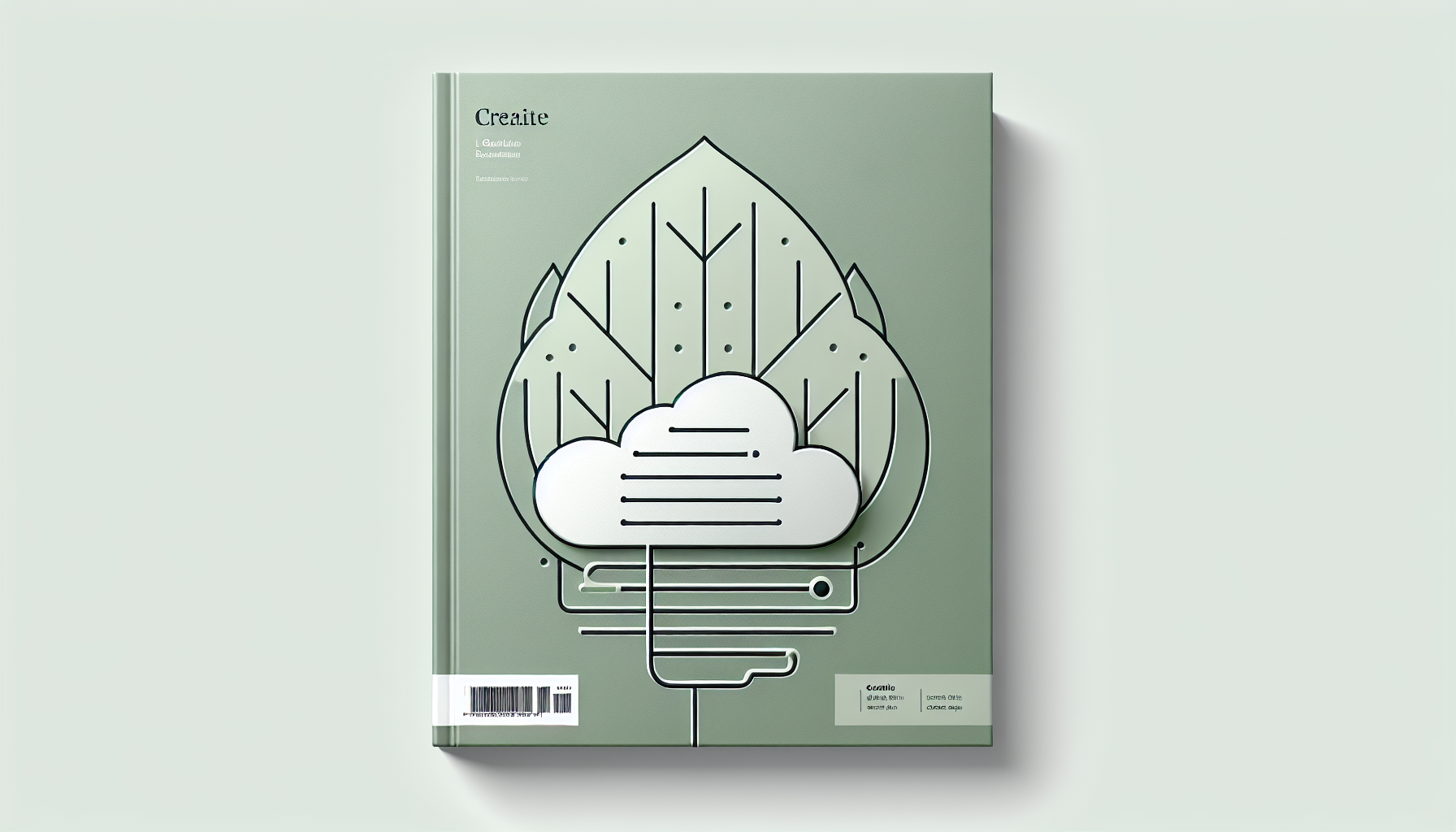
Defining Sustainability in SaaS
Software as a Service (SaaS) has transformed digital business, yet achieving lasting success requires addressing both economic viability and environmental responsibility. Sustainable SaaS frameworks combine efficient technical architectures, strategic business models, and environmental mindfulness to create resilient companies poised for long-term impact.
The Challenges of Longevity in SaaS
Rapid growth, customer churn, high operational costs, and increasing carbon footprints represent persistent challenges. Without clear frameworks, SaaS ventures risk volatility, unsustainable resource consumption, and reputational harm.
Key Challenges
- Balancing customer acquisition with retention
- Optimising cloud resource consumption amid rising costs
- Integrating green technology to reduce carbon impact
- Building flexible architectures that evolve with market needs
Framework 1: Lean-Iterative Sustainable Development (LISD)
LISD adapts lean startup methodology with sustainability embedded from the start. It emphasises measured iteration using ecological and economic KPIs alongside traditional metrics.
Step-by-Step Implementation
- Initiate Cross-Functional Collaboration: Include environmental engineers, product managers, and finance teams in planning.
- Define Dual KPIs: Track customer engagement metrics (e.g., churn rate, LTV) alongside environmental KPIs (e.g., server energy usage, carbon footprint per user).
- Develop Minimum Sustainable Product (MSP): Build early versions using modular, cloud-native microservices designed for resource efficiency.
- Perform Continuous Resource Auditing: Automate monitoring of compute and energy consumption using tools like Cloud Carbon Footprint (official source).
- Iterate with Impact Reviews: Incorporate sustainability assessments in sprint retrospectives and pivot decisions.
<!-- Ghost-compatible example: Efficient serverless function in Node.js -->
<pre>
const AWS = require('aws-sdk');
const lambda = new AWS.Lambda();
exports.handler = async (event) => {
// Process event efficiently to minimise runtime
let result = await processEvent(event);
return result;
};
async function processEvent(event) {
// Optimised logic with minimal resource consumption
return { statusCode: 200, body: JSON.stringify({message: 'Processed'}) };
}
</pre>
Framework 2: Circular Revenue and Resource Model (CRRM)
CRRM integrates circular economy principles into SaaS by designing revenue streams and operations that promote reuse, recycling, and minimal waste.
Step-by-Step Implementation
- Establish Recurring Revenue with Value Continuity: Use subscription tiers aligned with customer usage and resource impact.
- Incentivise Efficient Usage: Offer discounts or rewards for customers optimising their use patterns or data storage.
- Implement Resource Reclamation: Introduce data lifecycle management policies that archive, compress, or securely delete unused data to reduce storage consumption.
- Partner with Green Cloud Providers: Utilize platforms powered by renewable energy and offer transparent reporting to customers.
- Measure Circular Metrics: Track data churn rates, server recycling percentages, and customer resource efficiency to refine strategies.
Comparing Frameworks and Synergies
Both LISD and CRRM provide comprehensive approaches to sustainable SaaS. LISD focuses on lean, iterative development with embedded sustainability metrics, ideal for startups and agile teams. CRRM supports mature SaaS businesses aiming to systematically embed circular economy principles into revenue and operations.
Combined, these approaches promote resilience, customer centricity, and environmental accountability.
Did You Know? Optimising software efficiency can reduce cloud energy consumption by up to 40%, significantly lowering operational costs and carbon emissions.
Pro Tip: Automate sustainability metrics collection integrated into CI/CD pipelines to ensure all releases meet efficiency and environmental standards.Q&A: How can SaaS businesses balance customer growth with sustainability?
Focus on quality of engagement more than quantity; using predictive analytics to identify and nurture high-value customers reduces unnecessary feature bloat and resource expenditure.
Evening Actionables
- Audit your current SaaS architecture for resource inefficiencies using open-source tools.
- Define dual KPIs balancing business and environmental performance.
- Integrate sustainability checkpoints into your agile processes or sprint retrospectives.
- Engage your cloud provider on their energy sources and commit to green hosting options.
- Develop customer incentives that promote efficient and responsible application use.
- Implement data lifecycle policies for archival and deletion to reduce storage waste.
- Build a prototype lambda function or serverless API optimized for minimal runtime as a technical baseline.
For deeper strategic insights on ensuring AI-based systems achieve ethical longevity, consider our article Building Resilient AI Systems: Strategies for Longevity and Ethical Impact.
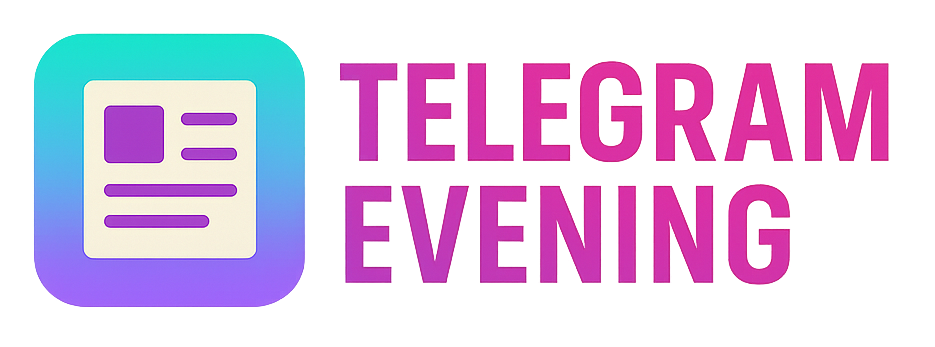
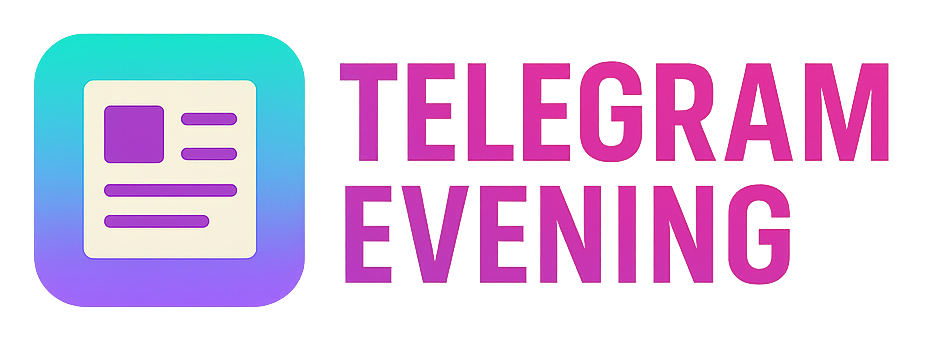
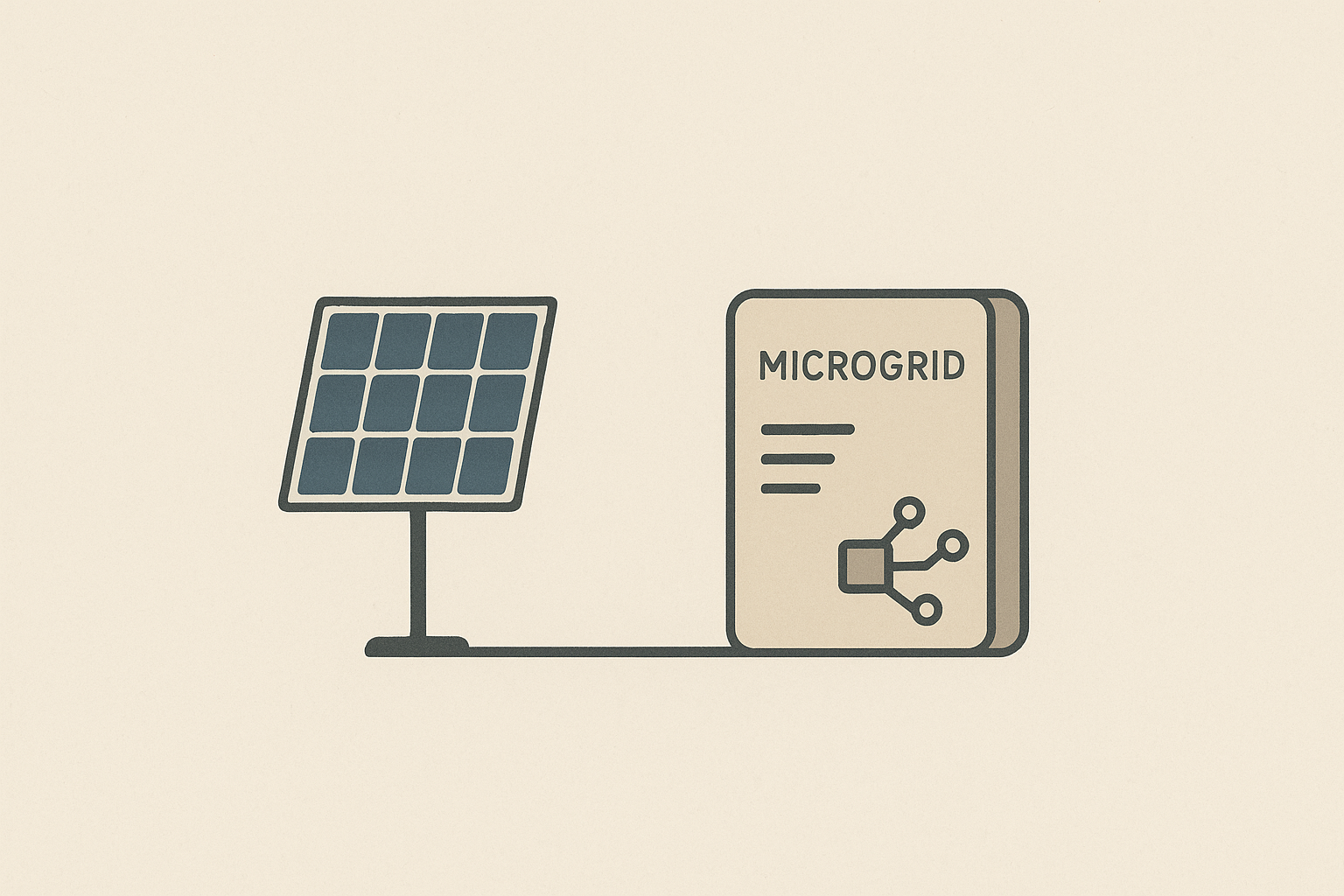
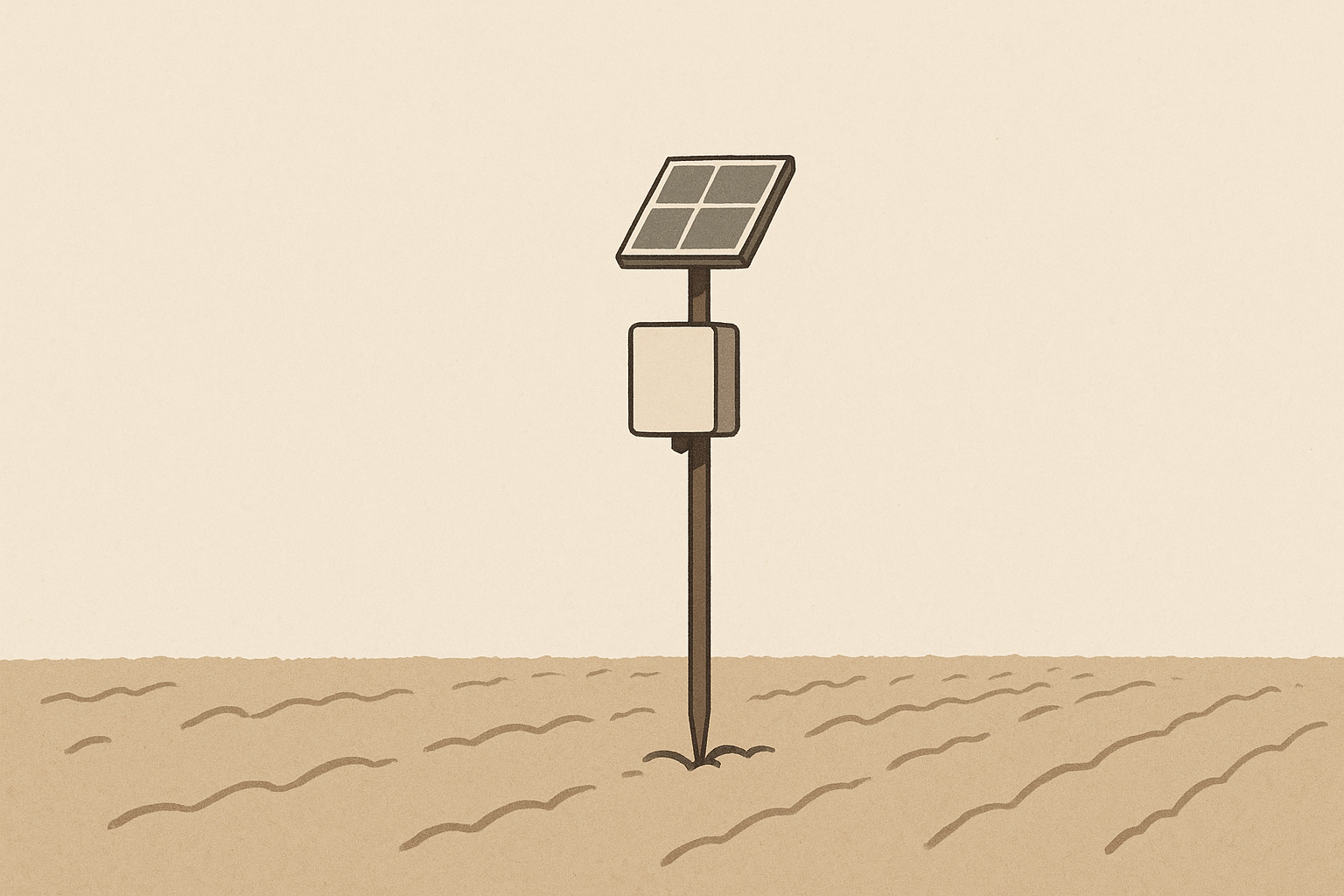
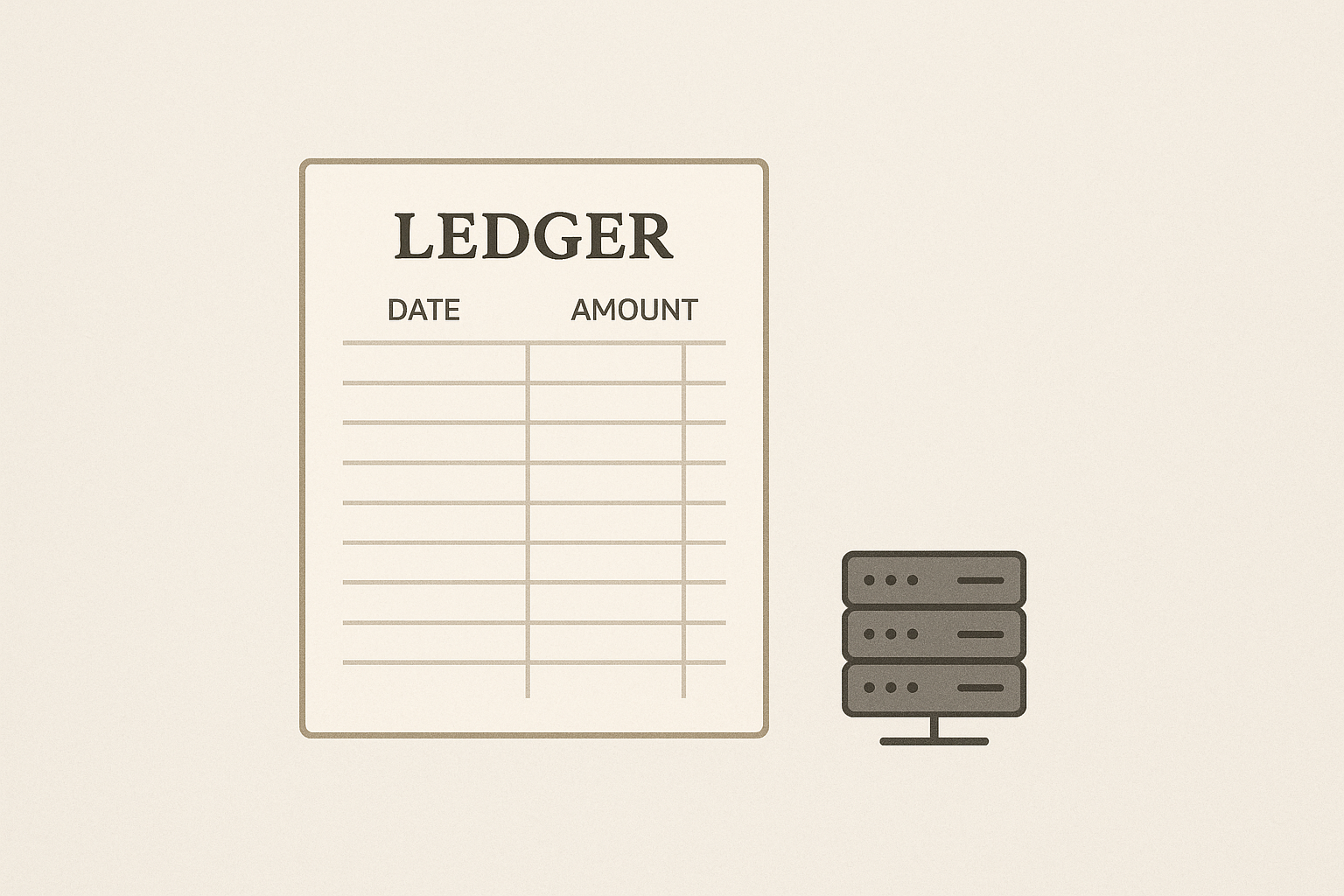
Comments ()